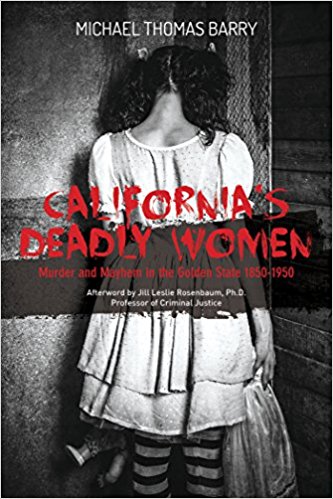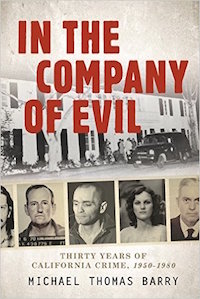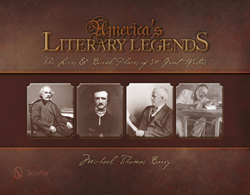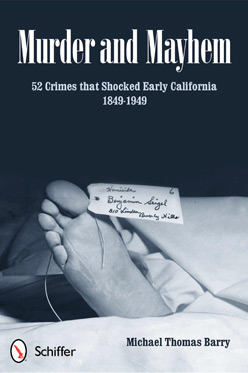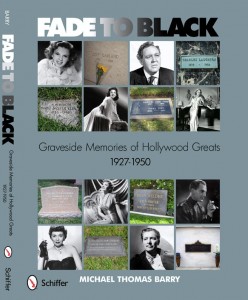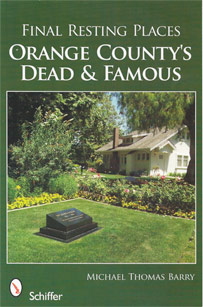09.10

On September 10, 1977, Charlene Williams meets Gerald Gallego at a poker club in Sacramento, California, resulting in one of the most infamous serial killing teams in American history. Before they were finally caught, the Gallegos killed and sexually assaulted at least 10 people over a two-year period. Within a week of their first encounter, Charlene moved in with Gerald. The son of the first man to be executed in Mississippi’s gas chamber, Gerald had amassed seven felony convictions by the age of 32. By the time Charlene met Gerald; she had already gone through two marriages and had acquired a hard-drug habit. Gerald often brought home teenage runaways, so that he could indulge in threesome’s with Charlene. However, he became extremely angry when he found out that Charlene and the girl were engaging in sex without him. The couple soon decided to find victims that could keep Gerald sexually satisfied. After two months of planning, they abducted their first victims in September 1978: two teenage girls, whom they sexually assaulted, beat with a tire iron, and then shot in the head. The couple, now married, waited until the following June before striking again, grabbing two young girls in Reno, Nevada. However, Charlene became angry when Gerald started raping the girls without her, while she was driving the van. When she began firing shots at him, he quickly killed the victims. The pace of the couple’s killings quickened in 1980. In April, they kidnapped, sexually assaulted, and murdered two girls from a mall near Sacramento. Two months later, they found another victim during a vacation in Oregon. This time they buried their victim alive. In July, the Gallegos kidnapped and killed a couple as they were leaving a fraternity party. However, partygoers got the license plate of their car, and a manhunt was instituted. The Gallegos managed to elude authorities for a few months but were finally caught in November in Omaha, Nebraska. While awaiting trial, Charlene agreed to testify against Gerald to save her own life. Gerald Gallego was tried in both Nevada and California and received death sentences in both states. Charlene was sentenced to 16 years and 8 months in jail and was released in July 1997.

![honor-shiny-hr[1]](https://michaelthomasbarry.com/wp-content/uploads/2013/08/honor-shiny-hr1-e1378075751763.png)









